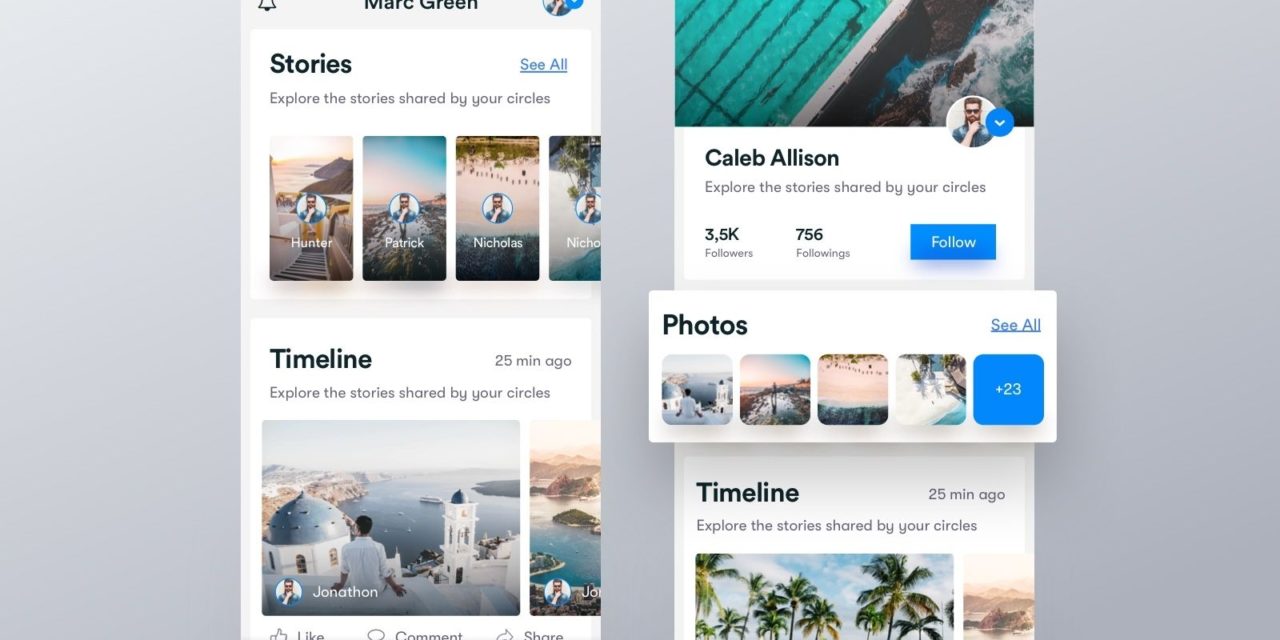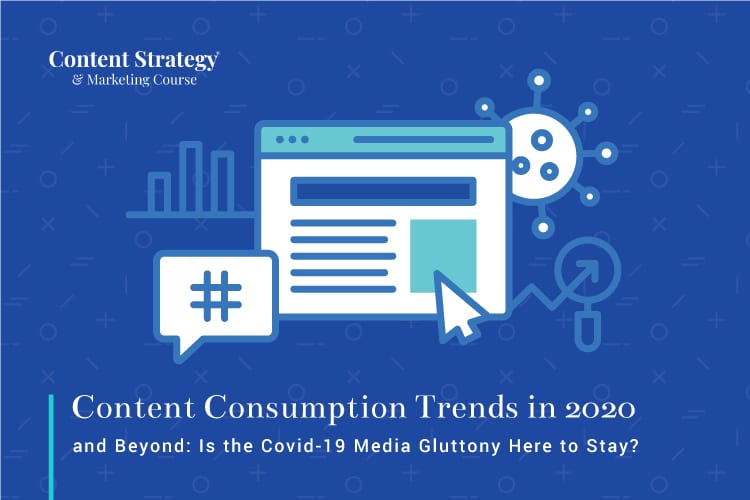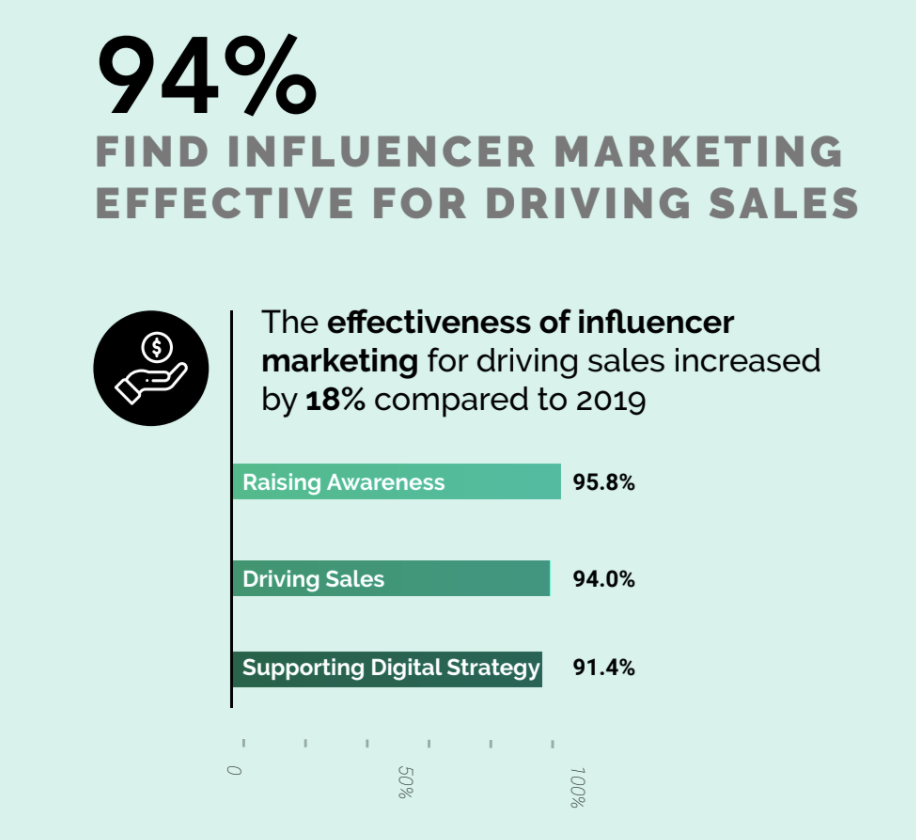
A blog can play a significant role in your marketing strategy. Research shows that blogs generate 67% more leads than outbound marketing. Besides creating blogs, you can also create content portfolios, personas, and landing pages. By following these tips, you'll be well on your way to converting visitors into customers. You don't even have to think about how to organize or write your content. There are many ways to start.
Blogs drive 67% more leads than outbound marketing
Blogs are 67% more effective at generating leads for B2B companies than blogs that don't. Blog posts of high quality attract visitors and convert them into leads. In your blog posts, you should include calls-to-action. These could be eBooks, whitepapers, checklists or templates. Blogging is a cost-effective way to market your products and services. Blogs are quick to set up and can be done in no time.
A content portfolio is essential
Whether you're a newcomer to content marketing or an experienced professional, building a content portfolio for inbound marketing is an important step to take. A portfolio is a great way to show potential clients what you can do. You might consider specializing in email marketing, social media, copywriting or any other aspect digital marketing. The greater your portfolio, the more clients you will reach.

Creating personas
The development of customer personas will help you identify the right type of customers for your business. You can get clear images of customers and their behavior by gathering demographic information. Also, you can gather information about the customer's job title and their seniority. If you're a B2B company, this information will be even more important, since senior executives will likely have lower levels of education and work experience. Once you have created your personas you can create content that targets them in their thinking.
Creating landing pages
It can be hard to create a landing site, but it is an important part of your overall marketing strategy. This page will house the form through which visitors can request your free ebook. You should use the landing page to explain the benefits of the offer, as well as to encourage the visitor to submit the form. You should redirect visitors to a thankyou page after they have submitted the form. To get visitors to click on your offer, you could even make a video.
Popups
Inbound marketing popups can be powerful tools for increasing conversions. These ads should grab attention. The popup text must not be confused with the call to act. If the reader is looking at the website, a countdown clock could be displayed to indicate a limited-time offer. This would encourage visitors to take advantage.

FAQ
What is the cost of hiring a content strategist to create content?
There are many agencies and freelancers that can provide content creation services at affordable prices. However, some companies prefer to pay more due to the expertise of the person handling the project.
How do I get started in Content Marketing?
Start by identifying who your audience is. What are their needs? Which are their needs How can you assist them? How can you help them?
How many hours should I devote to content marketing each week?
It depends on your situation. You may not need to spend any time at all on content marketing. You will need to spend at least an hour a day if your goal is to increase traffic to your website.
What is Content Marketing Strategy?
A Content Marketing Strategy gives you access to data you wouldn't otherwise have. This data can be used to determine which content types perform best.
It helps you identify the strategies you should use to drive more traffic to your site. It also provides insights into the behavior of your audience so you can create even better content.
This means you can spend less time worrying about what kind of content works and more time focusing on what doesn't.
A Content Marketing Strategy also helps you analyze what messages resonate most with your audience.
This analysis will allow you to determine which content they like. You can use the same content to keep your winning ideas going.
A Content Marketing Strategy is a tool that helps you monitor the performance of your content. You can see which content types convert well by sharing more.
A Content Marketing Strategy can be summarized as the key to ensuring that your content performs well.
Statistics
- Content marketing produces 3X more leads per dollar spent. Content marketing costs 62% less than traditional marketing. (criteo.com)
- We found that 40% of businesses don't have a documented strategy yet. (semrush.com)
- According to our research, brand awareness, attracting traffic, and generating leads remain the key content marketing goals in 2022. (semrush.com)
- Companies that use content marketing see approximately 30% higher growth rates than businesses not using it. (mailchimp.com)
- According to research compiled by Coschedule: Companies that publish 16+ blog posts a month get as much as 3.5x as much traffic as those that publish 0-4 posts a month. (criteo.com)
- Progress indicators (0–100%) allow each team member to see how attainable each goal is and understand what remains to be accomplished. (semrush.com)
- According to the Content Marketing Institute, 70% of B2B marketers and 86% of B2C marketers surveyed use content marketing in some form or other. (criteo.com)
- Forty-seven percent of buyers view 3 to 5 pieces of content before engaging with a sales representative. (mailchimp.com)
External Links
How To
Infographic Creation Tips for Content Marketing
Infographics are one of the most effective ways to explain complex concepts simply, making information easy to understand. You should use infographics to spread the message about content marketing.
To create an infographic, you will need to use design software like Adobe Illustrator or Photoshop. These programs are great for creating infographics. Once your design has been created, you can start uploading images from Unsplash/Pixabay to incorporate into it.
Online infographics can be a great source of inspiration. To show how many calories certain foods have, you can use a picture of a pyramid to illustrate this. You could also replace the numbers with images of the food. Or you could look at how many sugars are found in soda pop and replace that number with a picture from a Coke bottle.
Once you have designed your infographic you can share it via social media channels, such as Facebook or Twitter. This allows people to learn more about the concept, even if they aren't familiar. In order to make others see your infographic, use hashtags when you post it on social media. Hashtags enable users to follow along in conversations related to specific topics.
If you decide to create an infographic, try making your posts shorter than usual. An average blog post can range from 2000 to 5000 word, while an informationgraphic needs only 500 to 1000 words. This means you can easily convey more information with less space.
Your infographic should be easy to read for some viewers. Use large fonts, but don't overuse color in your infographics. It is important that all text is legible.
These are additional tips:
-
Select an Infographic Template. There are many free templates available online and in printable formats. Canva and Piktochart are some of the most popular.
-
Create your Infographic. You can use the template to create your infographic. You can use whatever media is most appropriate for your audience. You might use photos of local restaurants to create an infographic about the best places in Seattle.
-
Add text. Add text once your infographic is created.
-
Add Images. Add images to your infographic. These images could be photos, charts, graphs or icons. If you want to add a picture, make sure it's relevant to your topic.
-
Make It Interactive. You can add interactive elements such as buttons, maps, and links. This will help engage your audience.
-
Share. Share your infographic after you're done.
-
Measure. How well did your infographic perform? Did they click through to your site? Are they signing up for your email newsletter? Was their reaction to the infographic?
-
Improve. Are there ways you could improve your infographic? What could you do better next year?
-
Repeat. Repeat.